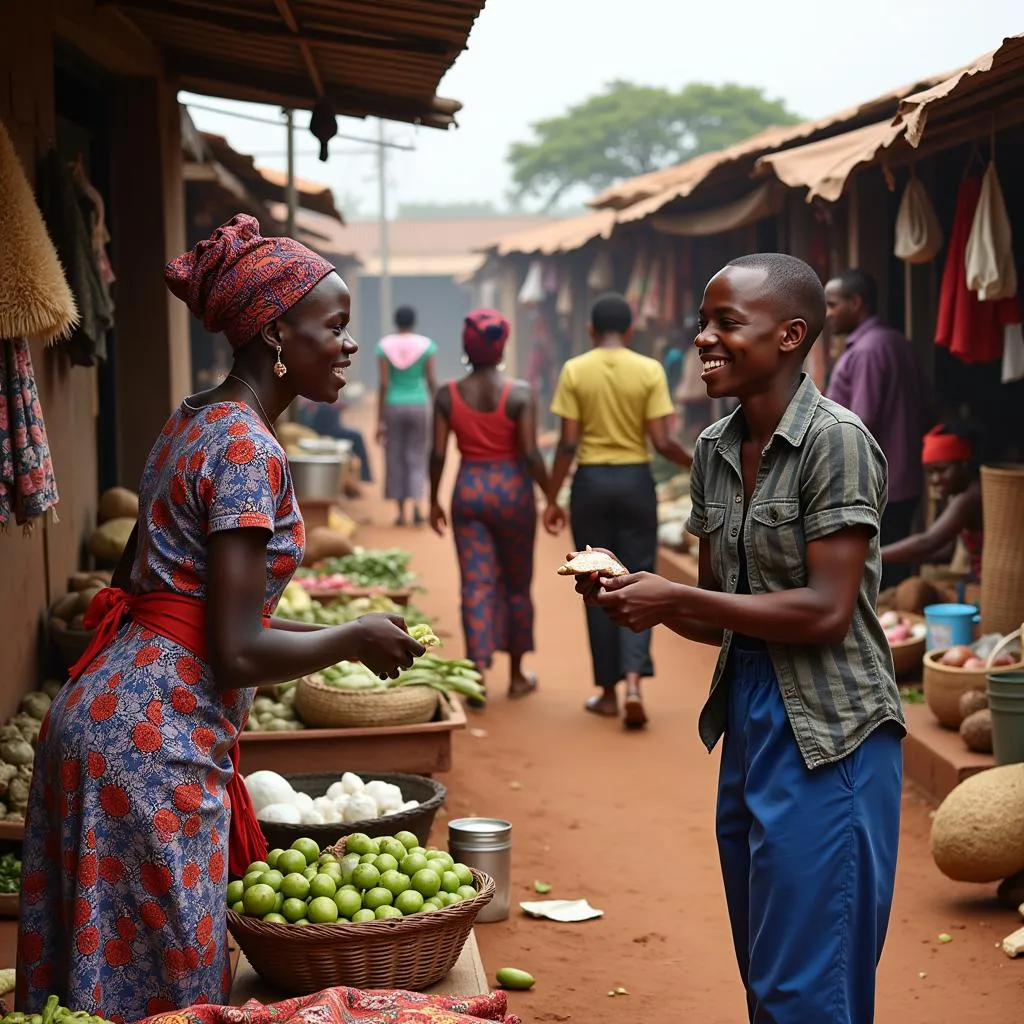The African Ruby Price: A Gemstone Guide
The African ruby, a vibrant red gemstone, holds a captivating allure that has intrigued collectors and admirers for centuries. With its deep history, striking beauty, and unique characteristics, the African ruby stands as a symbol of passion, strength, and prosperity. But what exactly drives the price of this precious gemstone? Join us as we delve into the fascinating world of African rubies and uncover the factors that influence their value.
The Journey of an African Ruby: From Mine to Market
The journey of an African ruby begins deep beneath the earth’s surface, where these gems are mined in various locations across the continent. One of the most renowned sources of African rubies is Mozambique, known for producing some of the finest rubies in the world. Mozambican rubies are prized for their intense red hues and exceptional clarity, making them highly sought after by jewelers and collectors.
But the journey doesn’t end at the mine. Once extracted, African rubies undergo a careful process of sorting, cleaning, and cutting to reveal their full brilliance. This process involves skilled artisans who utilize specialized tools and techniques to transform rough stones into stunning gemstones.
Factors Influencing African Ruby Price
Just like any other gemstone, the price of an African ruby is determined by several factors.
1. Color: The King of Factors
In the world of rubies, color reigns supreme. The most valuable rubies exhibit an intense, pure red hue, reminiscent of the vibrant red of a pigeon’s blood. “Pigeon blood red” is the ultimate benchmark for ruby color, commanding the highest prices. Rubies with slightly purplish or orangish tones are typically less expensive.
2. Clarity: A Clear Advantage
Clarity refers to the presence or absence of inclusions (internal imperfections) within a ruby. Highly prized African rubies are typically eye-clean, meaning no inclusions are visible to the naked eye. The fewer inclusions a ruby has, the higher its clarity grade, and consequently, its value.
3. Cut: Unveiling the Brilliance
The cut of a ruby plays a critical role in maximizing its beauty and brilliance. Skilled cutters aim to optimize the gem’s facets and proportions to enhance its fire, brilliance, and overall appearance. A well-cut ruby will reflect light beautifully, showcasing its vibrant color and clarity.
4. Carat Weight: Size Matters
The size or carat weight of a ruby directly impacts its price. Larger rubies are rarer and therefore more expensive than smaller ones. A 5-carat ruby, for example, will typically command a much higher price than a 1-carat ruby of similar quality.
5. Origin: The Stamp of Authenticity
The origin of an African ruby can also play a role in its value. Rubies from certain mines, such as the Montepuez ruby mines in Mozambique, are known for producing exceptional quality gemstones that are highly sought after by collectors and jewelers.
6. Treatment: Enhancing the Beauty
While some African rubies are completely untreated, others may undergo treatments to enhance their color or clarity. These treatments, such as heat treatment, are common industry practices and are typically disclosed to buyers. However, it’s essential to be aware that treated rubies may have a different price point compared to untreated ones.
“The price of an African ruby can vary significantly based on a combination of these factors. It’s essential to consult with a reputable gemologist or jeweler to determine the fair market value of a specific ruby.” – Dr. Amina Ngugi, Gemologist
Exploring African Ruby Prices
To understand the price range of African rubies, it’s helpful to consider the factors mentioned above. A high-quality, untreated, 1-carat ruby with excellent color, clarity, and cut from a renowned mine in Mozambique can fetch several thousand dollars.
However, smaller, treated, or less-intense rubies from other African countries may be available at more affordable prices. The price can also vary depending on the retailer, location, and market demand.
Frequently Asked Questions
Q: What is the average price of an African ruby?
A: The average price of an African ruby can vary widely depending on its characteristics, such as color, clarity, cut, and carat weight. It’s best to consult with a gemologist or jeweler to get a realistic estimate of the price for a specific ruby.
Q: Are African rubies a good investment?
A: Like any gemstone, the value of an African ruby can fluctuate based on market conditions and demand. High-quality rubies with exceptional characteristics can be a good long-term investment, especially if they are well-documented and certified.
Q: Where can I buy an African ruby?
A: You can purchase African rubies from reputable jewelers, gem dealers, and online marketplaces. However, it’s essential to do your research and choose a reputable seller who provides accurate information about the gem’s origin, treatment, and quality.
Q: How can I tell if an African ruby is genuine?
A: It’s crucial to obtain a gemstone certificate from a respected laboratory, such as the Gemological Institute of America (GIA) or the American Gem Society (AGS). These certificates provide detailed information about the ruby’s characteristics and confirm its authenticity.
Explore More About African Gemstones
Interested in learning more about African gemstones?
Explore our articles on the African dining chairs or other gemstones found in the continent.
Contact Us:
For any questions about African rubies or other gemstones, feel free to contact us! Our team of experts is available 24/7 to provide assistance and guidance.
Phone: +255768904061
Email: [email protected]
Address: Mbarali DC Mawindi, Kangaga, Tanzania.



